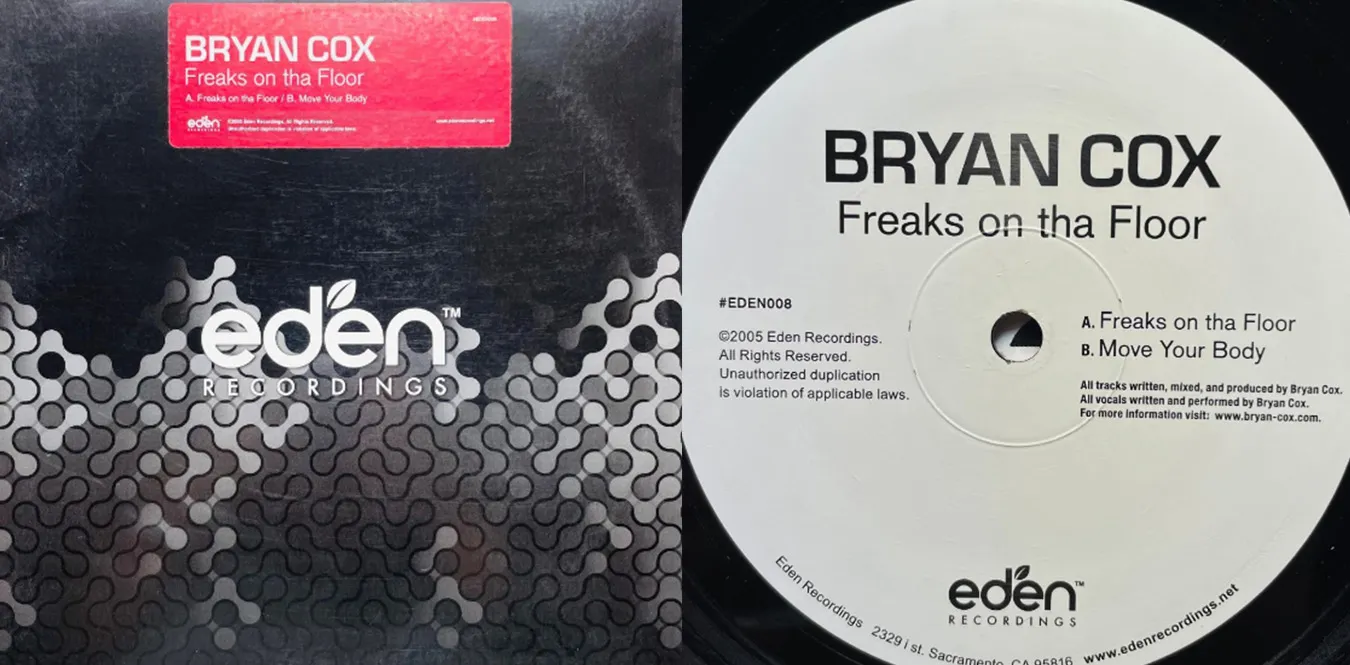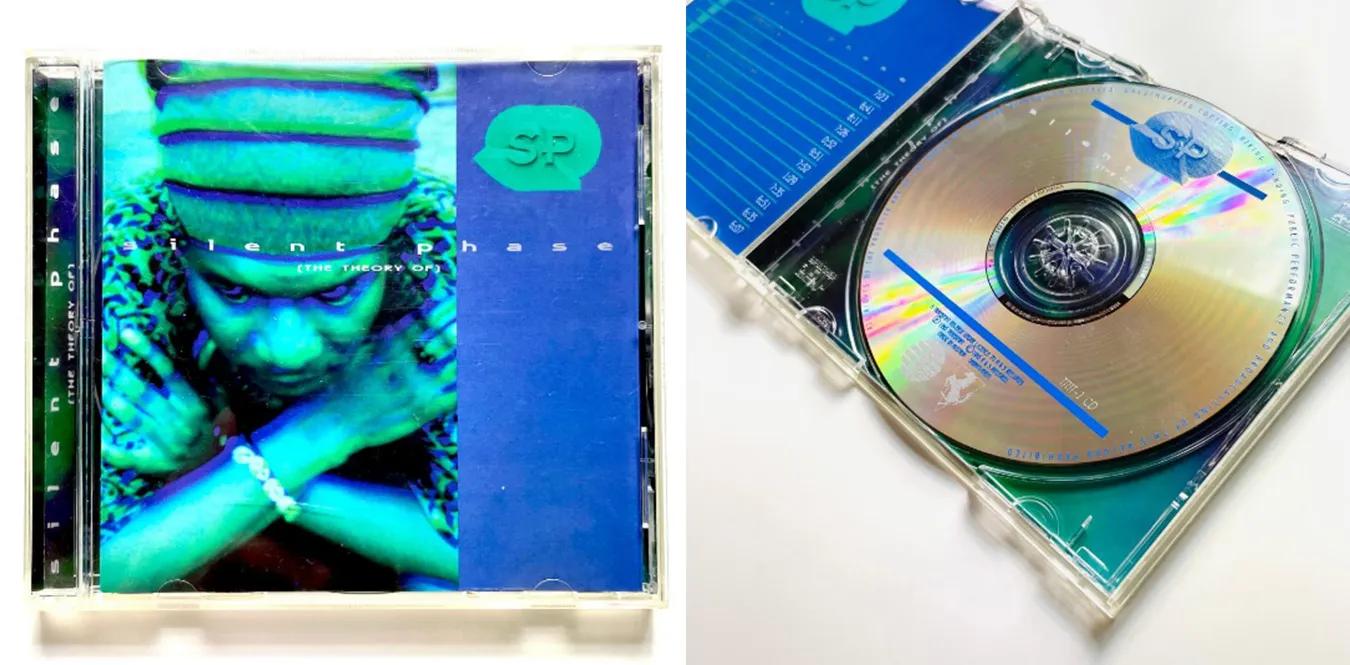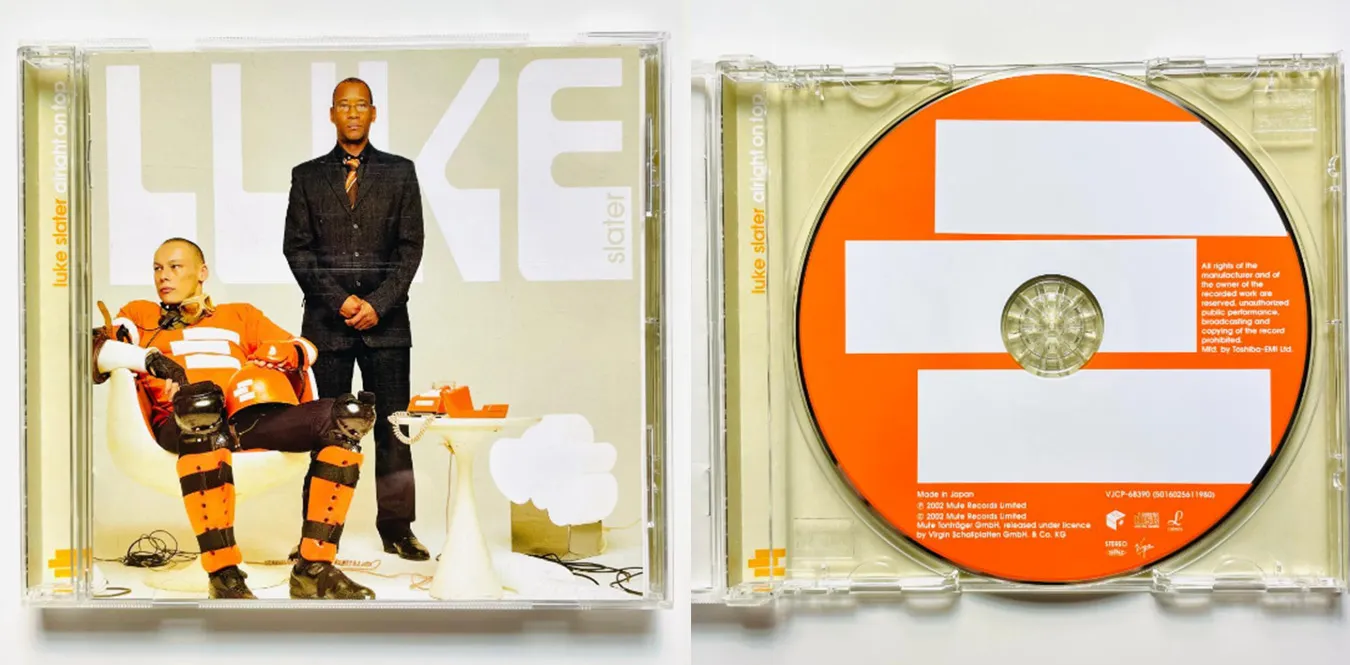[Column] Roland TR-1000: Redefining rhythm ─ Analog genes and the heartbeat of the AI era
Column en Hiphop House Techno![[Column] Roland TR-1000: Redefining rhythm ─ Analog genes and the heartbeat of the AI era](/../assets/images/column-roland-tr-1000.webp)
When Roland rewrites the “definition of rhythm machine” again
Text: mmr|Theme: TR-1000, the latest product in the TR series released by Roland. Thoroughly dig into its analog circuit design, AI behavior, and cultural meaning from the three axes of technology, ideology, and cultural history.
Roland’s new heartbeat, the TR-1000, is a “Rhythm Creator” that combines the warmth of analog, the precision of digital, and the freedom of sampling. This article will unravel its technical core, ideological background, and position in music culture.
Chapter 1 “The rhythm machine is not finished”
── The incident of the appearance of TR-1000
The TR-1000 released by Roland in 2025 is not just an extension of the series. 808, 909, 707… This machine that appeared at the end of history, where they symbolized the groove of the times, is an ““intellectual rhythm machine” that learns and reinterprets ““human sense of beat.”
In the 1980s, electronic rhythms were called the “mechanical heartbeat.” However, what the TR-1000 presents is the opposite – “a machine understands the human heartbeat”. Digital and analog, AI and emotions. On this border lies the philosophy that Roland has spent half a century cultivating.
“Rhythm is the act of making time sound. But what if time itself could be played?” — From Roland development interview
Chapter 2 Design philosophy: Analog reconstruction and intelligent control
─ ““While drawing the blood of 808 and 909, we exceed them.’’
The TR-1000 restructures the ACB (Analog Circuit Behavior) technology that Roland has cultivated and models the very “behavior” of analog circuits. The module structure allows each circuit to be individually controlled, making it possible to vary the tone, overtones, and drive feel in real time. Furthermore, the AI learns thousands of patterns from past TR series and generates ““natural groove candidates’’ based on user interaction.
This mechanism is not just randomization. It sequentially analyzes a player”s operation history and rhythmic tendencies, and re-presents that person”s unique time feel as “resonance.” The TR-1000 is, so to speak, a ““rhythm mirror image device.’’
Chapter 3 Physical Design and Interface
── Regaining the feeling of “playing” a machine
The TR-1000’s panel design follows the traditional layout of the 808/909, but combines a metallic texture with a modern layout. Machined aluminum knob, step button with rounded edges. This tactile design is an expression of the belief that ““the hands remember the music before they can express the sound.’’
The sequencer has 12 tracks and up to 128 steps, and the snapshot function instantly saves all settings. The “Morph” knob changes multiple parameters at once, including timbre, decay, and tuning, allowing the rhythm to evolve over time. Responsiveness as if the rhythm was “breathing”. This is why Roland is so particular about its hardware.
Chapter 4 Acoustic structure: Evolution of low frequencies and rhythmic texture
── To overcome the “ghost of the 808 kick”
At the heart of the TR-1000 is a low-end design philosophy. A unique sub-oscillation and harmonic control circuit has been added to the sine wave generation circuit, which continues the tradition since the 808. As a result, we have achieved a ““three-dimensional low frequency’’ that combines physical pressure and the texture of air.
The snare is constructed using a discrete circuit + noise shaping method, and the hi-hat is constructed using an analog noise source that includes a minute micro-delay. It has achieved a ““coexistence of acoustic realism and abstraction’’ that goes beyond the reproduction of the 808/909. As a result, it does not get overshadowed even in club PAs, and maintains a rich sense of separation even on studio monitors.
Chapter 5 Ideological Aspects: The Intersection of Rhythm and Intelligence
── From “machines for humans” to “humans dancing with machines”
Roland founder Ikutaro Kakei once said:
“Electronic musical instruments are tools to expand human expression, not to replace humans.”
The TR-1000 inherits this philosophy in the context of the AI era. The “Humanize” function analyzes the performance history and models the player’s habits, not just tempo fluctuations. It “learns” the rhythm of the player’s fingertips and returns it as a sound. In other words, the TR-1000 is also a ““machine that listens to human performances.’’
This dialogue has evolved from the days when the 808 provided a “mechanical groove” to a “resonant rhythm.”
Chapter 6 Cultural Context: The Myth of the TR Series
── From hip-hop to AI beat
In the 1980s, the TR-808 gave birth to hip-hop, the 909 gave birth to techno, and the 707 gave birth to house. The TR series has always stood at a turning point in music history.
The TR-1000 is also carving out a new symbol in modern club culture, where AI and live performance coexist. Detroit’s DJ Bone describes the TR-1000 as a “breathing rhythm machine,” and Tokyo producer Seiho says, “Rhythm has started to have emotion.” In a cultural context, the TR-1000 does not mean an “extension of nostalgia” but an “expansion of rhythmic consciousness.”
Chapter 7 Philosophical Consequences of TR-1000
── What is “beat”?
The design philosophy of the TR-1000 ultimately converges on one question. “Who makes the beat?” It’s a machine that keeps track of the tempo, but why do I feel a sense of humanity in it? Through the fusion of AI and analog, the TR-1000 has taken beats to the stage of “sharing” rather than “generating” them.
Music is the expression of intelligence that resides in rhythm. This machine questions its roots and is not just a gadget. **The TR-1000 is an experimental device for the philosophy of rhythm. **
Chapter 8 Conclusion: Towards the future of rhythm
── How do people sound in the era of AI dancing?
The TR-1000 is neither the reincarnation of the 808 nor the rebirth of the 909. It is the embodiment of a new musical philosophy: ““Machines learn human rhythms.’’ The philosophy that Roland has cultivated over 50 years has been fused with AI technology to once again make the heartbeat of humanity resonate.
The evolution of rhythm never ends. And at the center of all of this is always a human being. **
▷ TR series main chronology (Mermaid)
▷ Related products/reference links
| Model | Release year | Features | Representative artist | Link |
|---|---|---|---|---|
| TR-808 | 1980 | A milestone in analog drums | Afrika Bambaataa / YMO | Rakuten |
| TR-909 | 1983 | Analog + Digital Fusion | Daft Punk / Jeff Mills | Rakuten |
| TR-8S | 2018 | Modern ACB + Sampling | - | Rakuten |
| TR-1000 | 2025 | AI x Analog Hybrid Rhythm Machine | Many new generation artists | Rakuten |
“Rhythm evolves, but at its center is always the human heartbeat.” — From Roland TR-1000 development notes
Related columns
🔗 [[Column] History and evolution of DTM (DAW) — How the sound production environment has changed from home to professional] (https://monumental-movement.jp/Column-Daw)
🔗 [Column] From Chicago to the world: The birth and evolution of house music
🔗 [Column] Acid House: Chemical reactions of sound and cultural transformation

![[Column] Ricardo Villalobos × Luciano — A rhythmic journey where South America and Europe intersect](/../assets/images/column-ricardo-villalobos-luciano.webp)


![[Column] Expanding trajectory of Minimal Music: Aesthetics of repetition and change as seen from Techno, House, and Rock](/../assets/images/column-minimal-music.webp)
![[Column] Body and Beat: Anthropology of Dance Music](/../assets/images/column-anthoropology-of-dance-music.webp)
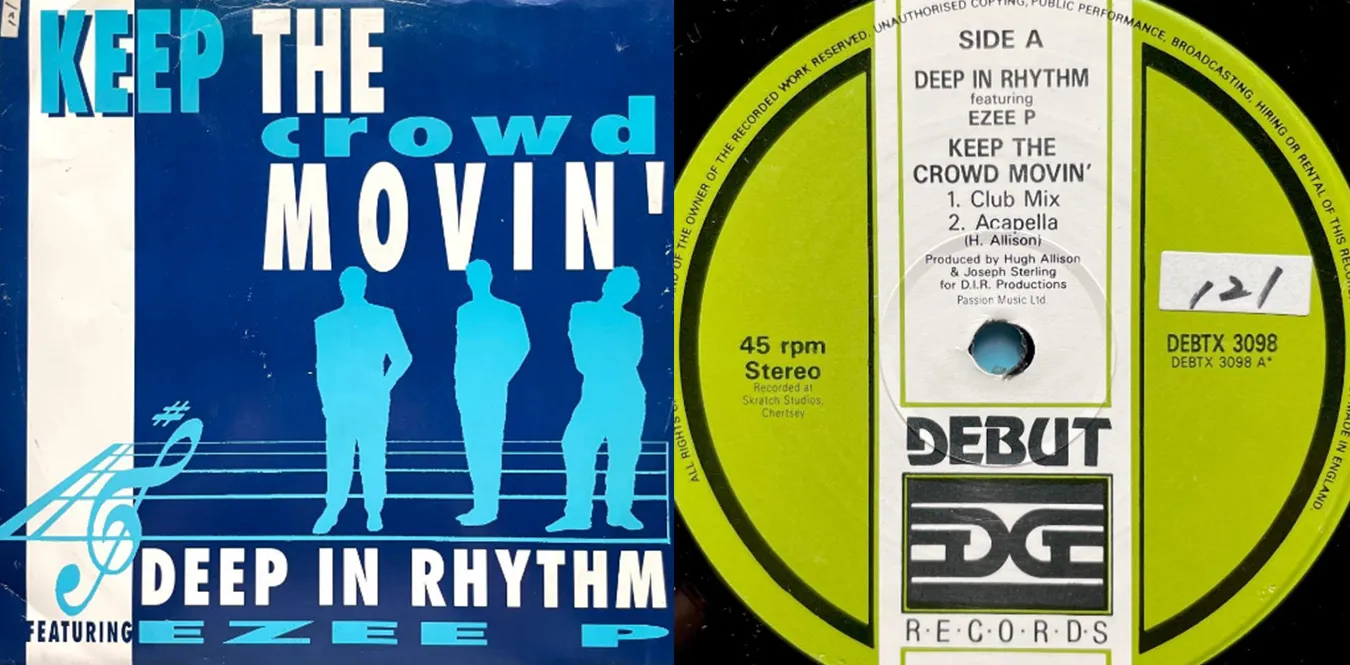
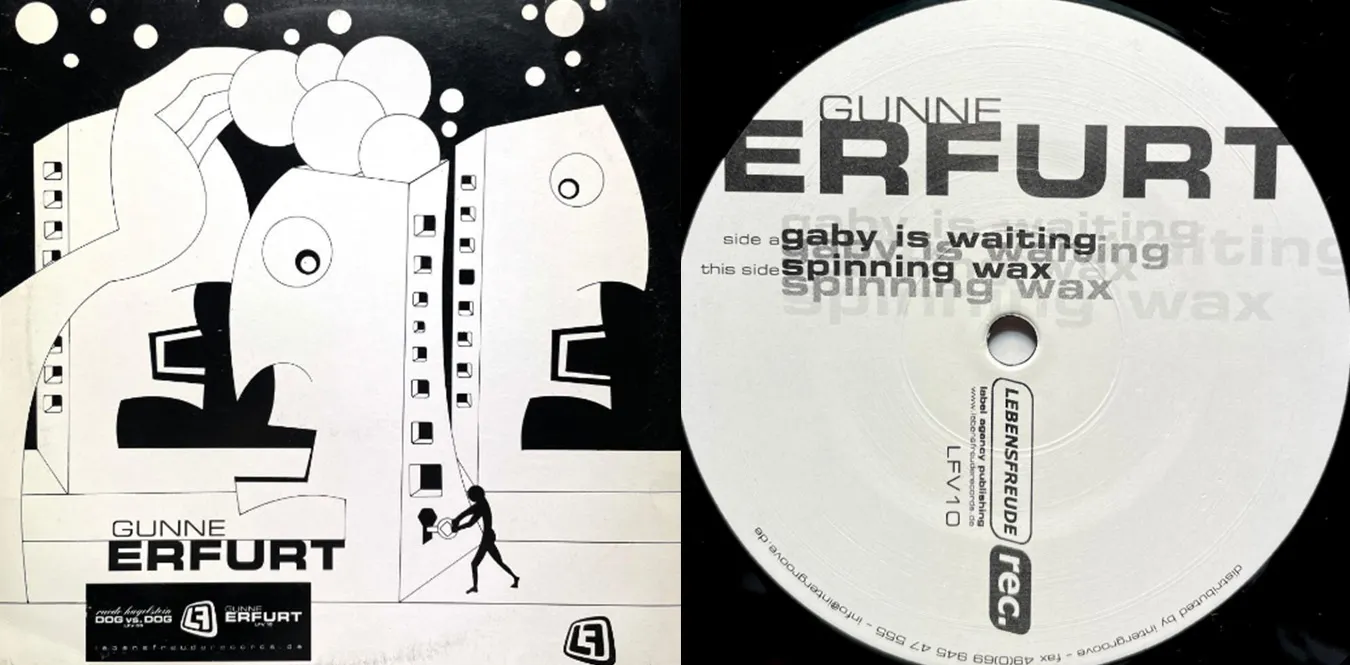
![[Column] The illusion of EDM: Celebrating and rebuilding in the digital age](/../assets/images/column-edm.webp)

